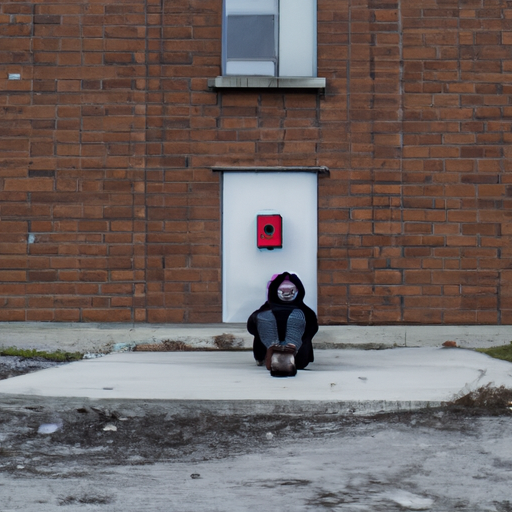The Canadian Opioid Crisis – Current Situation and Solutions
The opioid crisis in Canada has transformed into a national public health issue. Cities like Hamilton, Ontario are particularly burdened with the potential consequences of illicit drug use amongst its people. This town has drawn national attention due to its latest efforts in combating this opioid crisis.
The Hamilton Opioid Crisis: A Closer Look
Hamilton, like many Canadian communities, is grappling with an opioid crisis that shows no signs of abating. Homelessness, crime, and fatal overdose are some notable effects that the Hamilton opioid crisis has inflicted on the population. One painful statistic is that two people die each week due to opioid-related overdoses in Hamilton. Such grim numbers reflect the breadth and depth of this crisis and underscore the urgency to properly address it.
Consequences on the Homeless Community
The opioid crisis and homelessness are inextricably linked. The precarious life conditions of the unhoused individuals often lead to substance misuse as a means to cope with their incredibly harsh situations. Consequently, the opioid crisis disproportionately affects this vulnerable group.
Addressing the Crisis: The Hamilton’s Winter Response Strategy
Recognising the daunting challenges of this crisis, the Municipality of Hamilton has launched a comprehensive winter response strategy aimed at supporting the unhoused individuals during the cold weather season. This strategy recognises the increased vulnerability of this group during winter and outlines the city’s commitment to ensuring they receive the care required. In this regard, the city has adopted a multi-pronged approach that includes three critical aspects:
- Ensuring Access to Safe Shelter and Support Services: The city aims to provide appropriate and secure shelter to the homeless, especially during winter months. This goal includes increasing the capacity of existing shelters, creating isolation shelters for those affected by COVID-19, and providing adequate protection for individuals who prefer to stay outside.
- Strengthening Opioid Overdose Prevention: Mobilising resources to prevent opioid overdose is a critical part of the strategy. To this end, various actions, including the distribution of naloxone – a medication that can reverse the effects of an opioid overdose – are planned.
- Encouraging Community Participation: Efforts to mitigate the effects of the opioid crisis and homeless conditions are not exclusively the responsibility of municipal organizations. The city recognizes the need for public participation and includes plans to enhance communication and encourage community engagement as part of the solution.
Conclusion
The opioid crisis presents an immense challenge, particularly for the most vulnerable amongst us. The Canadian opioid abatement class action has highlighted the critical need for all stakeholders – from municipalities to public health officials to the citizens themselves – to share the responsibility of addressing this crisis. The Hamilton opioid response strategy is an example of this shared liability, focusing on mitigating some of the immediate consequences, such as homelessness and overdoses, while encouraging community involvement. Although the path is arduous, such comprehensive approaches signal a step in the right direction that could lead us to a solution.
